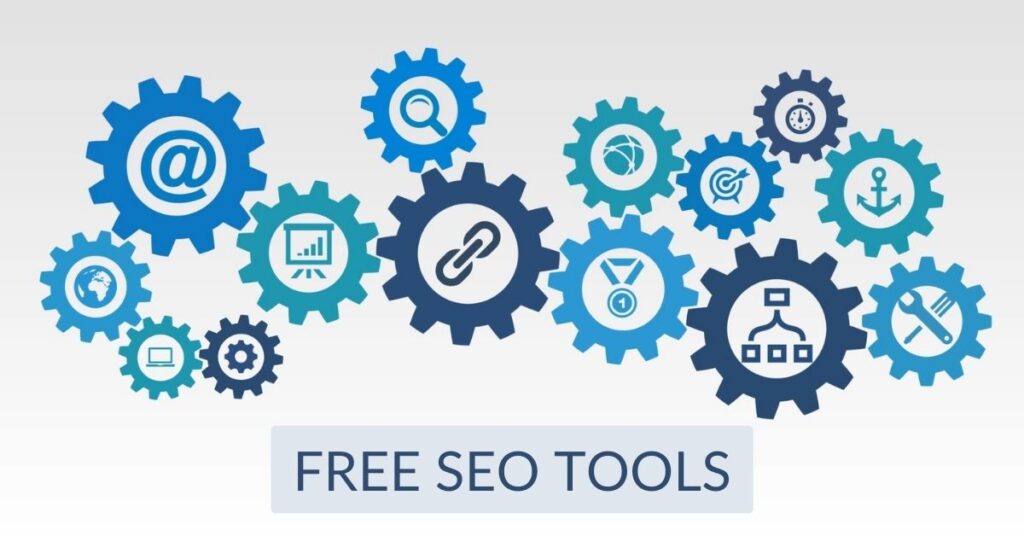Last updated on August 4th, 2022 at 11:33 am
Introduction
Search engine optimisation (SEO) is the process of optimising your website to rank as high as possible in organic – unpaid – search engine results.
There’s no point having a fantastic website if people can’t find you online.
Google gives priority in their search results pages to website pages that provide value to users.
There are certain things you can do to increase your chances of getting ranked higher on Google searches. Making your web content more relevant to your customer’s needs compared to other websites will give you a better chance of being ranked higher. This will help your business grow and obtain new leads.
Page Speed

Currently 92.2% of searches worldwide are done on Google. Their new page experience algorithm update considers factors such as page speed when ranking websites in their search results pages.
It’s really important that your website loads as fast as possible, ideally in less than 3 seconds. If your page take longer to load, visitors can get frustrated and press the back button – losing you potential customers.
Even a one-second delay in website load time can reduce your desired actions by almost 7%.
Images and fancy effects can often slow down a website. These can be compressed to save space.
Google Pagespeed Insights is a free tool. You can use it to check your speed and get detailed recommendations specific to your website.
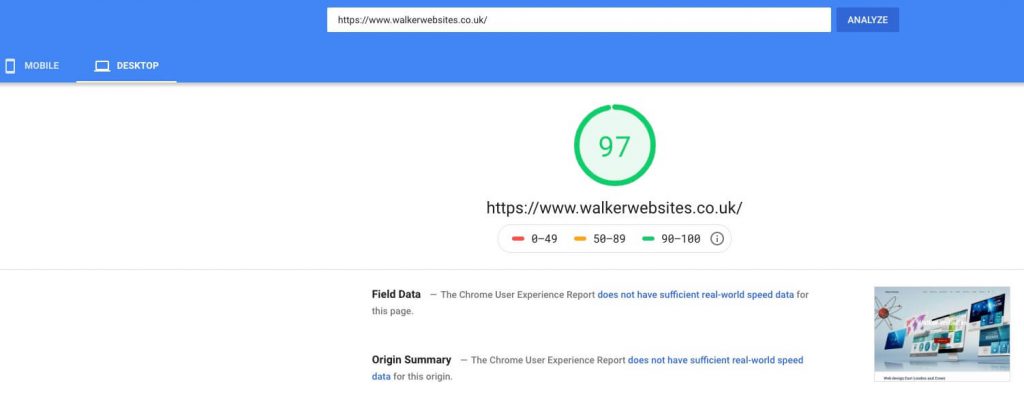
Image optimisation tips
If your website loads slowly, large images may be causing the problem. TinyJPG is a great tool for compressing images.
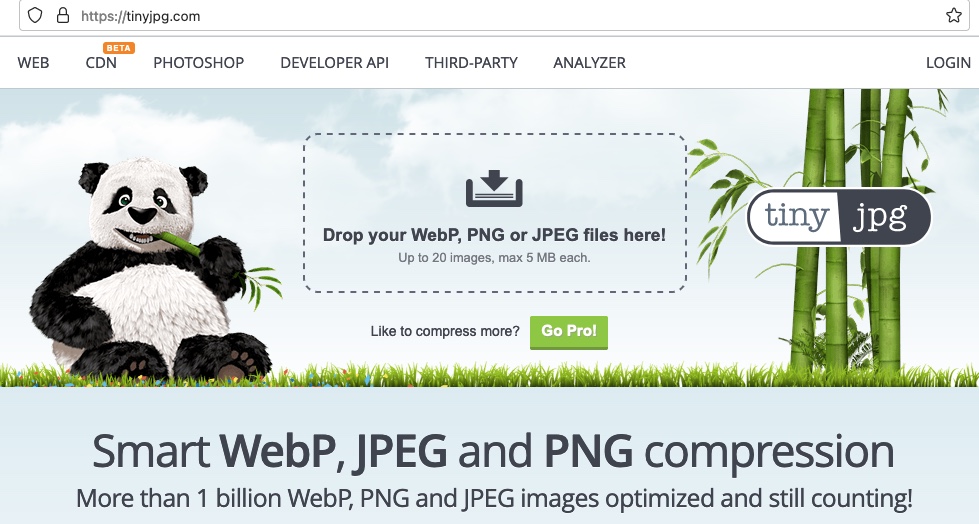
The .JPG format is smaller in size than .PNG – which is often used for logos or transparent images.
Top Tip: You can reduce image sizes further by only using the width and height dimensions that you need so they don’t take unnecessary time to load. For example, a blog image may only need to be 800 pixels wide, not 4,000.
Mobile Friendly
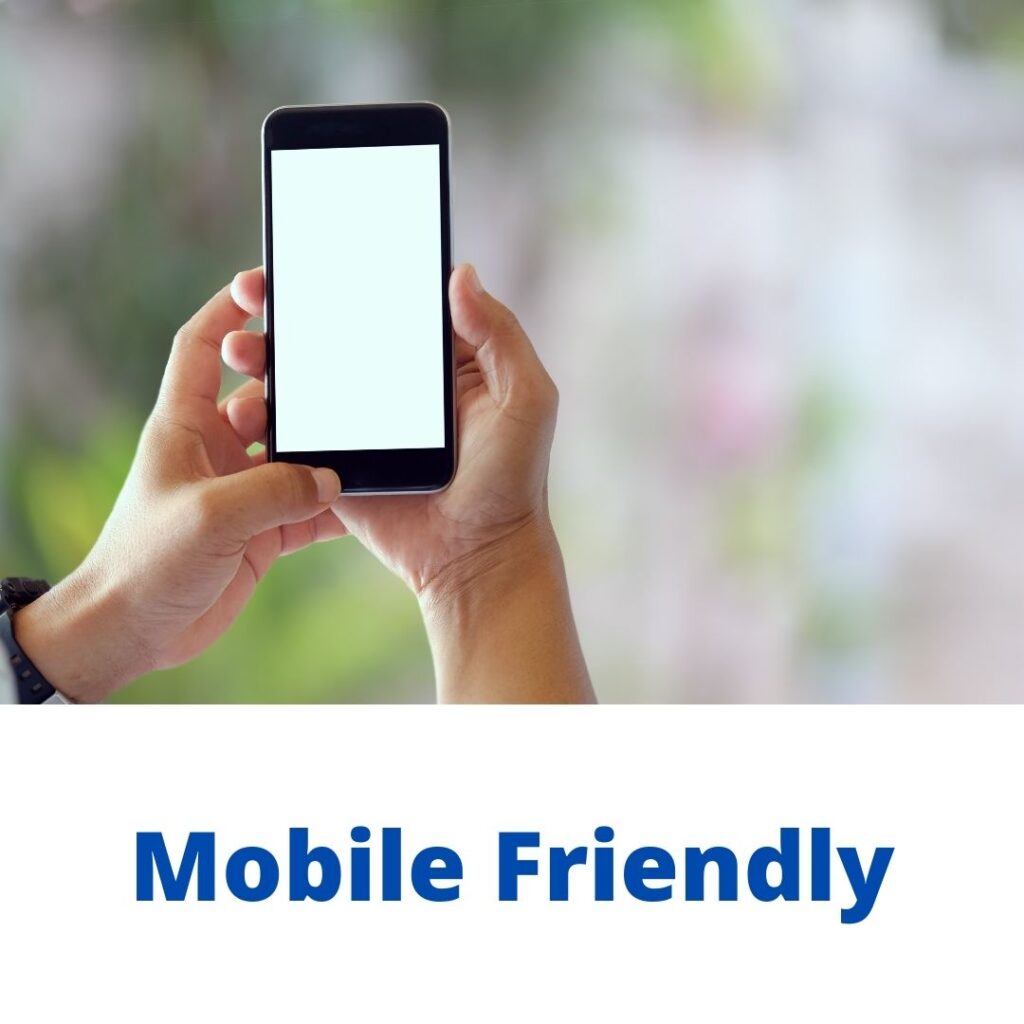
Google’s page experience algorithm update favours websites that are mobile friendly. Approximately half of all searches are made on a mobile device.
Google’s ranking algorithm rewards websites that offer a great experience on mobile devices.
Here are a few tips:
- Make sure buttons are large enough to use on any device
- Increase text size to be easily readable
- First impressions are everything – analyse what is the first thing a user will see when your website loads on mobile. Try to include a clear call to action.
- Compress images to speed up webpage loading time.
With Google’s free mobile friendly test you can test how easily a visitor can use your page on a mobile device.
Content
Readability

The longer your visitors stay on your site, the more engaged they’ll be, and the higher the chance for them to convert into customers. When your content is easy to read, people will spend more time on your site.
Make sure your font size and line spacing are large enough to read easily, without causing eye strain.
Keep your sentences short. Use subheadings, lists, images, video, testimonials, examples of work and white space to break up the page.
Avoid using underline to style text as this can be confused as a link.
Use Headings
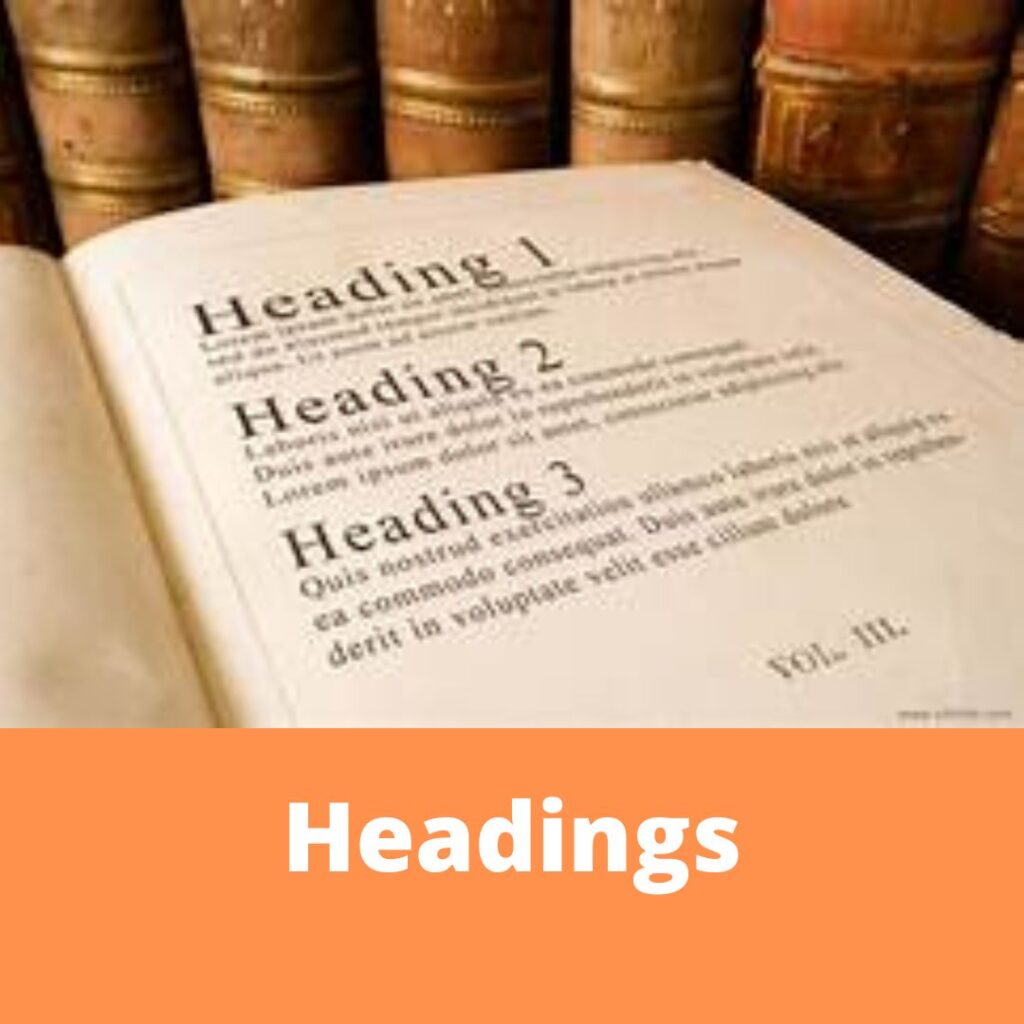
Using heading tags makes your pages easier to read and helps search engines make sense of your content.
Each page should have one H1 heading tag to tell search engines and users what the page is about. Include your primary keyword in your H1. Put your H1 above the fold – the visible space people see before scrolling down.
Use H2 heading tags for sub-headings, H3’s for points beneath those subheadings, and use H4 tags sparingly. This helps create structure that readers and search engines can easily interpret.
Blog

Blogs are a great way to keep your website updated with fresh content and for getting found online (SEO).
Identify topics that will serve your goals and address pain points of your target audience.
Use compelling headlines to encourage readers to click through, and heading tags for sub headings.
Add shareable icons to make it easy for visitors to share your content.
Keywords
Keyword Research

Keyword research is the process of finding and analysing popular words and phrases that people enter into search engines. You can then include them in strategic places in your content to improve your rankings on the search engine results pages.
Long-tail keywords are three to four words, like “gluten-free sausage roll”
Short-tail keywords are one to two words, like “sausage roll”
For SEO it’s usually best to focus your keyword research on long-tail keywords. Long-tail keywords have less competition than short-tail keywords, which makes ranking your content easier.
You can read more about keyword research here.
Use Keywords In The Right Places

Keywords and phrases are search terms that people use to search for your website.
If you include these in strategic places within your website it will help search engines to match your website with people search for those phrases.
Once you have identified keywords that you want to rank for, places where it can be good to use these search terms include:
- In your page titles
- In ‘meta title’ tags
- In ‘meta description’ tags
- In image ‘ALT’ tags
- Used naturally in your content, especially in the first 100 words
- In heading tags like H1, H2
- In clickable ‘anchor text’ used to describe hyperlinks
- In your domain name if appropriate
It can help to use synonyms to avoid overly repeating keywords.
Image (ALT) Tags
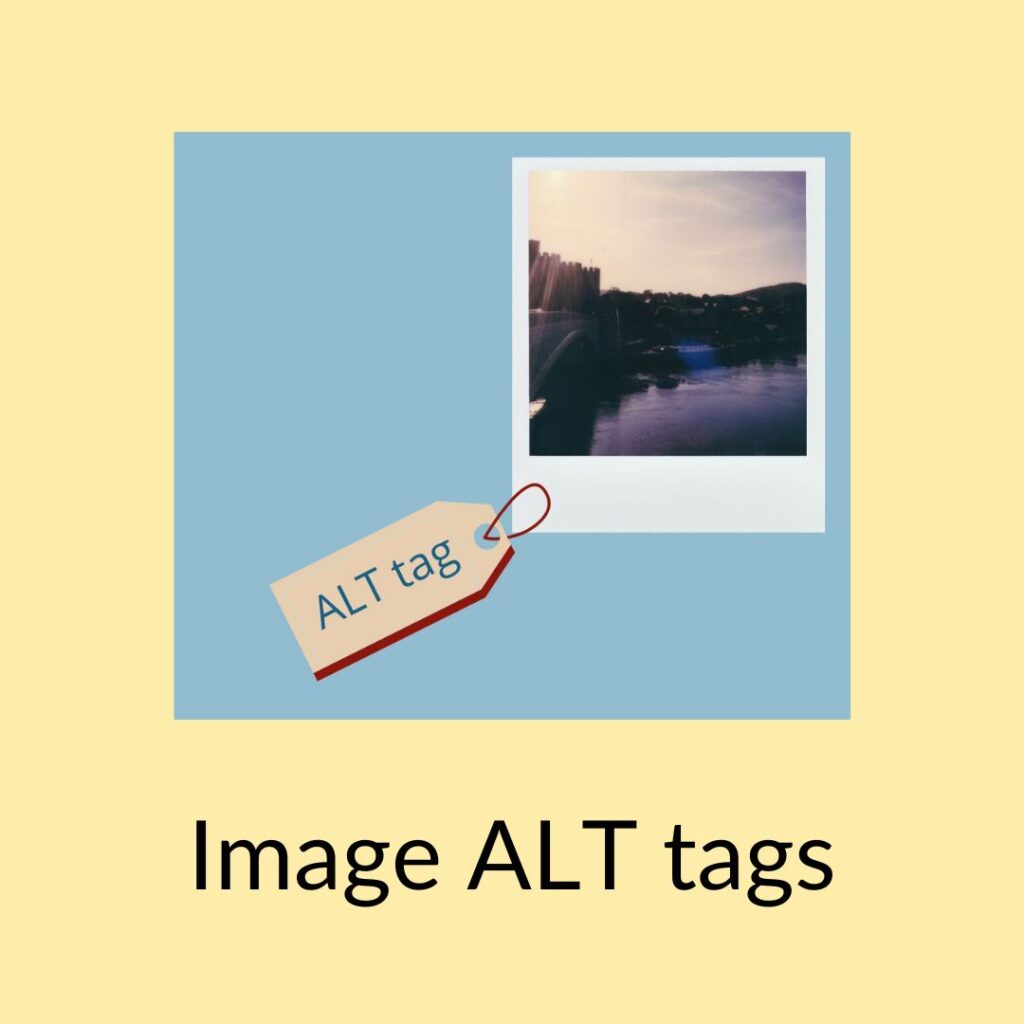
Image Alt tags are used to provide text descriptions of what an image is about for search engines and screen readers.
As well as being used by search engines, the ALT tag helps users understand what the image should be if a browser can’t load an image for some reason. For users whose sight is impaired, a screen reader can read this text out loud.
For SEO purposes it is usually best to use 3+ word phrases such as ‘chocolate chip cookies’ rather than ‘cookies’. These longer phrases are easier to rank for in search engine results pages.
Use descriptive image filenames

It helps SEO to include keywords in image file names.
An example of an image file name containing keywords might be:
silver-heart-necklace.jpg
Instead of
IMG001.jpg
Top Tip: When naming images it is best to separate multiple words with dashes and not underscores.
Clickable text in a hyperlink
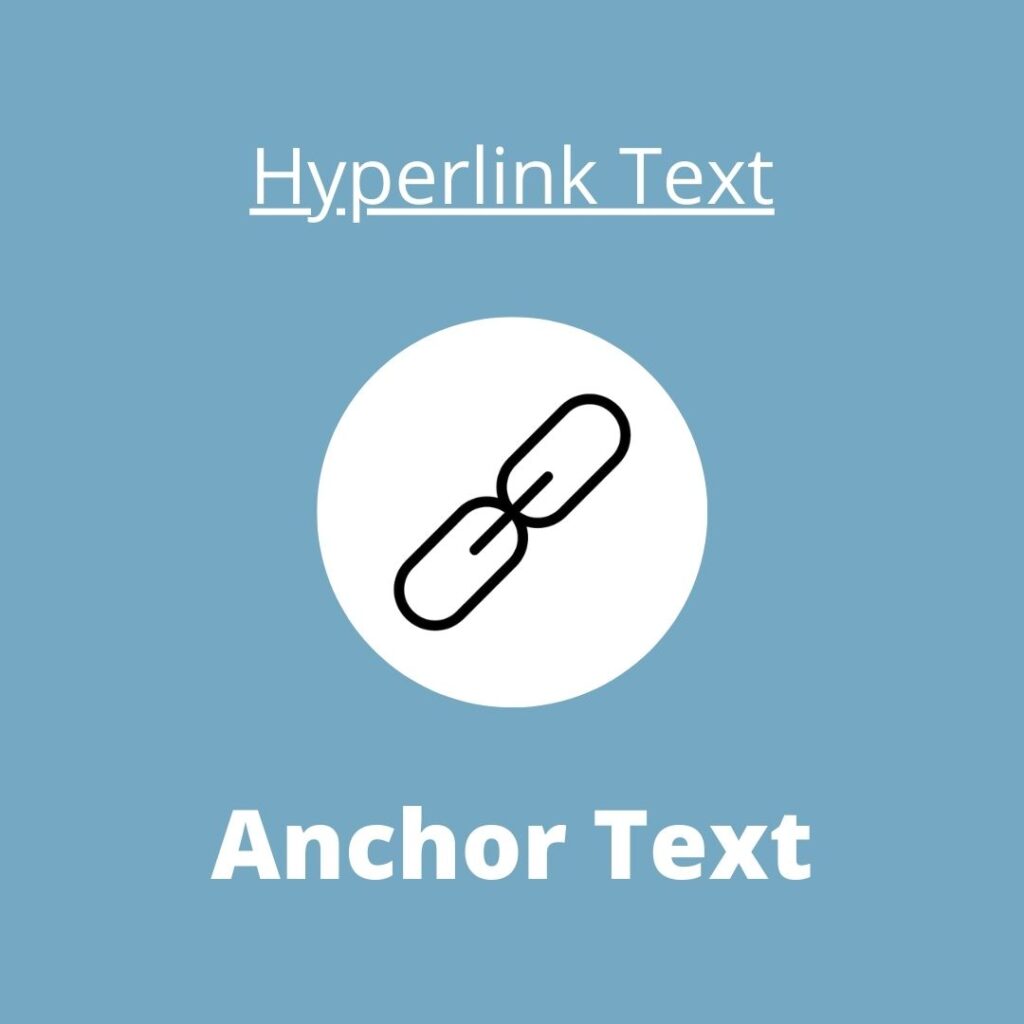
It is good to use keywords in your clickable ‘anchor’ text. For example instead of ‘click here’ you could say ‘Judo classes for children age under 10’.
Make sure you’re using varying keywords rather than the same anchor text for every single link.
This is important to avoid your website being penalised in search results.
Title tags
Title tags and descriptions are ‘meta tags’ – pieces of information that don’t appear on the page itself, but help tell search engines what a web page is about. Google usually uses them in their search results pages.
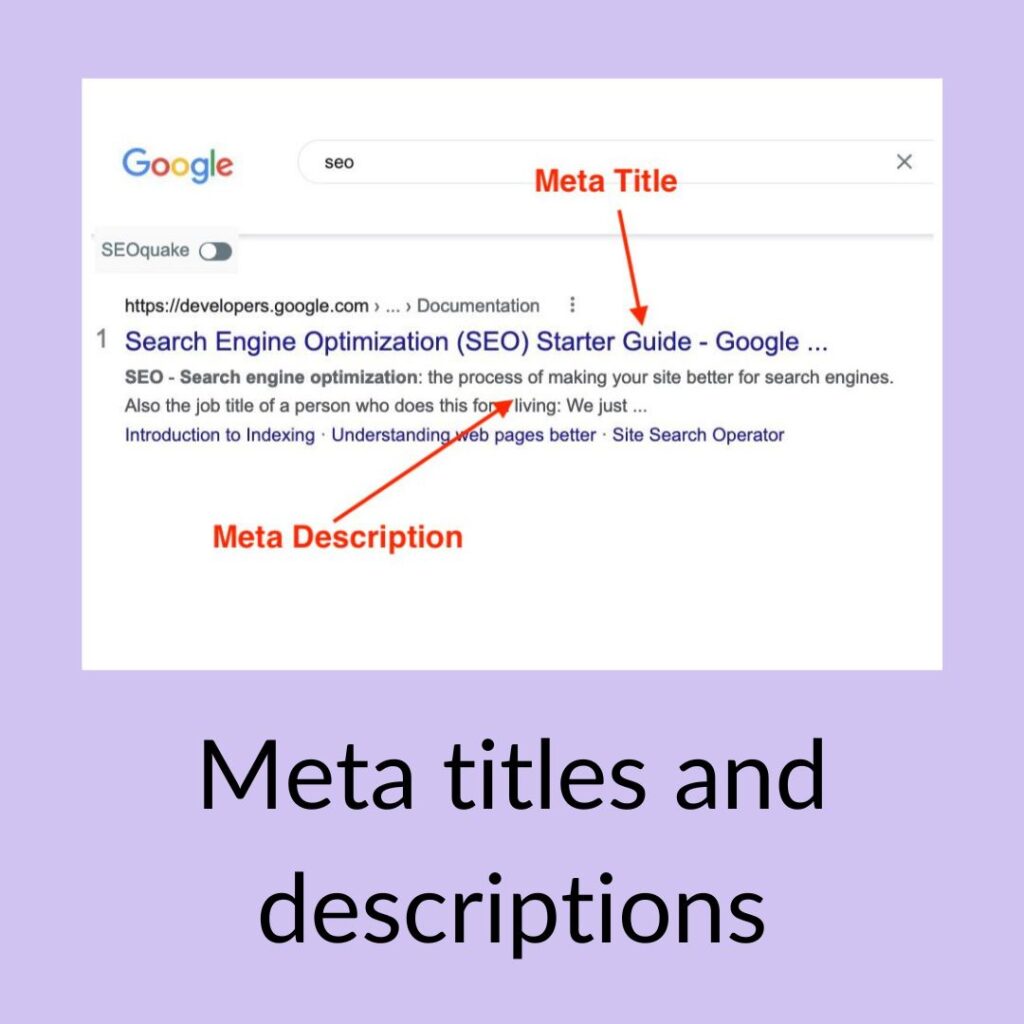
Description tags
The description is an opportunity to give users a short, relevant summary of what a particular page is about. It’s a good place to include your keywords.
Your meta description should appeal to potential customers to convince them to click on your link. It is therefore good to include a compelling call to action to entice readers to click on your result. It’s important to be clear and concise as you only have 160 characters to describe your webpage and your business.
Your meta descriptions should be genuine. You want to compel people to click through, but if website visitors do not find what they were expecting they will quickly leave, which is bad for your SEO rankings.
Top Tip: Don’t use the same title tags and meta descriptions for all your pages – this represents a missed search engine optimisation (SEO) opportunity.
Technical Issues
Sitemap
A sitemap helps search engines to crawl your website content. If you have a WordPress website you can use the Yoast plugin to automatically create a sitemap of your webpages.

Https secure website

You will probably have noticed that most websites now start with HTTPS rather than HTTP. This is because they have an SSL certificate which is making the website more secure for transferring data.
Chrome and Firefox show insecure warnings on sites without SSL certificates.
Having a SSL certificate builds customer trust as well as being an SEO ranking factor.
If you are selling online it’s a requirement to have one.
Links
Internal Links
These are links to your own website pages. It is good to include some relevant links to your own website pages. It helps visitors to navigate and to stay on your website longer.
Backlinks

A backlink is a link created when another website links back to yours. Backlinks are important for SEO. Search engines like Google see backlinks as votes of confidence.
Google places particular value on RELEVANT backlinks – those in the same niche.
Backlinks from high-quality websites play a big part in increasing a site’s ranking position and visibility in search engine results.
Google Business Profile listing

Google Business Profile, previously known as ‘Google My Business’ is a free platform that lets you list your business and key information, including customer reviews and contact information, in Google Search and Maps.
Google recommends you optimise your Google Business Profile listing. For example:
- Provide as much information as possible, such a business description and working hours – and especially your business name, address, and phone number
- Make it easy for users to contact you – via phone and instant messaging.
- Update and improve your profile regularly – add your latest photos, posts, category and services.
- Encourage customers to leave reviews
Top Tip: Add photos – Research shows that business profiles with photos get 30% more calls and 42% more direction requests than those without photos. It’s a good idea to add images that give an insight into what your business does – for example popular products, staff, interior/exterior workplace images. For a restaurant you could add 3 or more photos of your most popular food or drinks that you serve. A hotel could show 3 or more photos of the types of room that they offer to guests. Do not use stock photography, as they may be removed by Google.
Bonus Top Tip: You can also claim your free Bing Places for Business listing. If you already have a Google Business Profile listing you can import your listing to Bing Places.
Conclusion
To increase your ranking in search engine results pages focus on creating high quality, useful content that satisfies what users are searching for.
Regularly make sure that your existing content is up-to-date and relevant to your audience.
Remember, Google wants to provide the most relevant answer to searcher’s queries – it’s not in their aim to show pages that people are not interested in seeing as this is likely to have a negative effect on user experience.
Link to your own important pages, and to authoritative relevant websites, especially in your niche.
I hope you found this article useful. Walker Websites is based in Highams Park, East London. Why not get in touch to see how we can help with your SEO needs? Call now – 0777 169 1194.
Related Articles
Google My Business: how to optimise your listing
Introduction Do you have a Google My Business profile? Claiming and optimising your Google Business…
19 SEO terms you may not know
Alt text Alternative text (alt text) is descriptive text which conveys the meaning and context…





